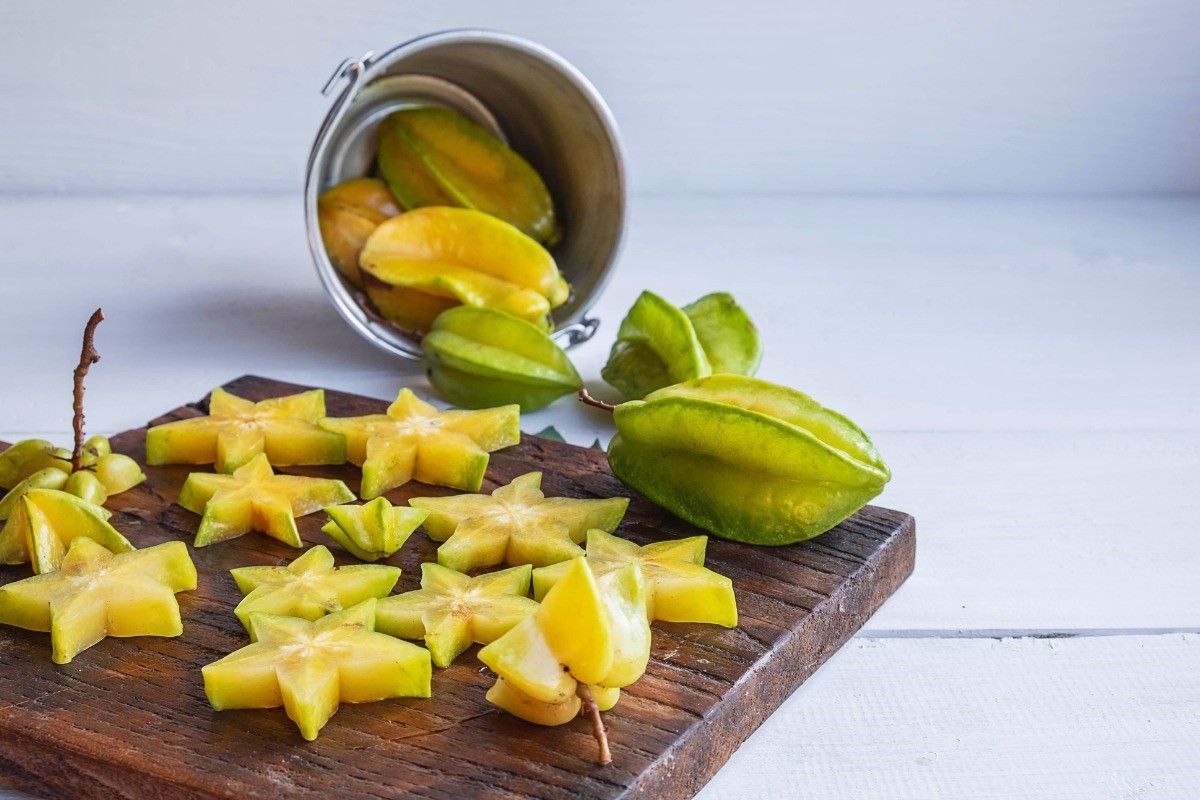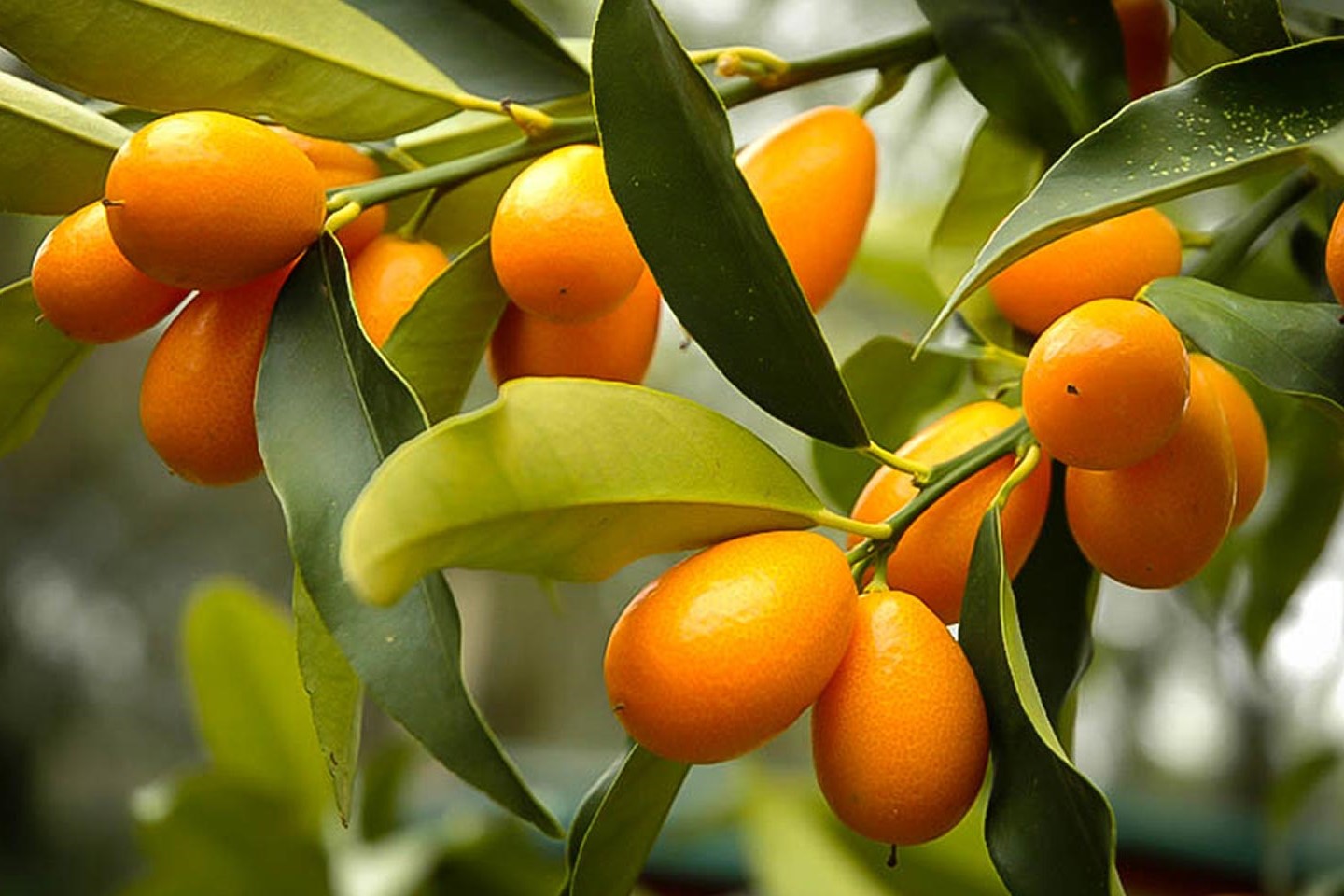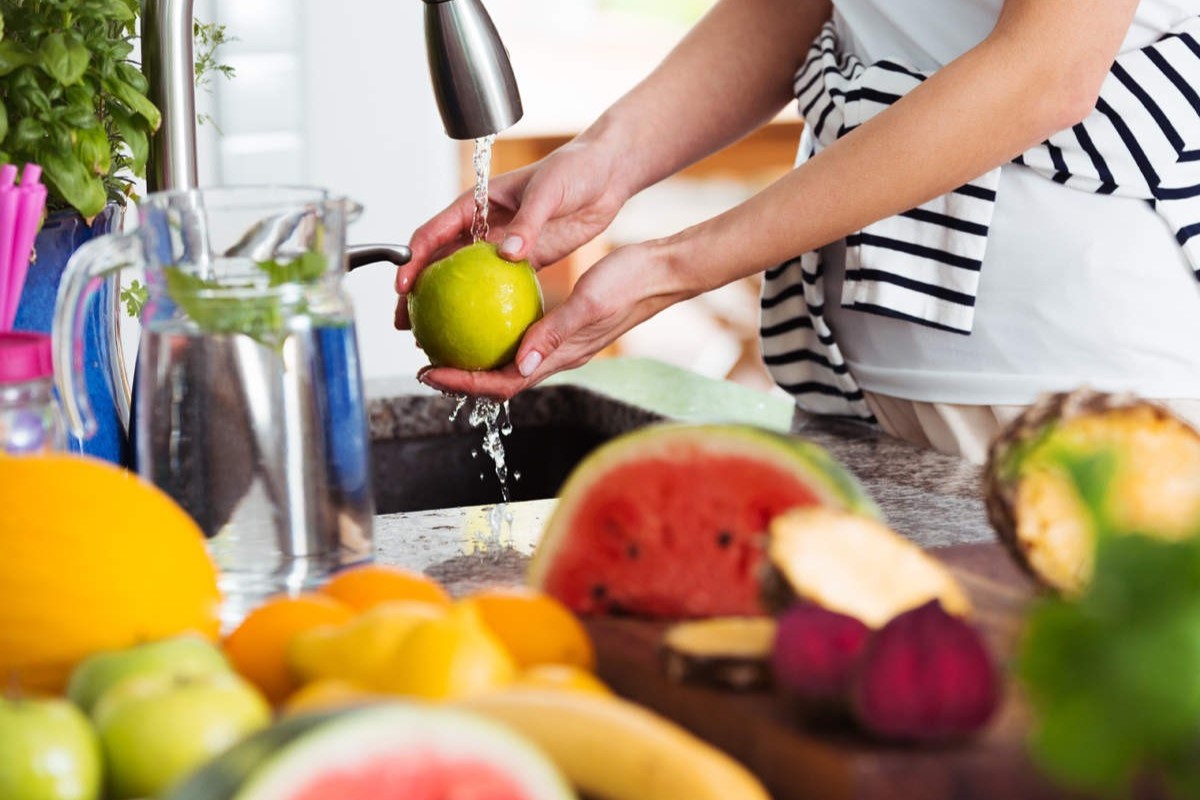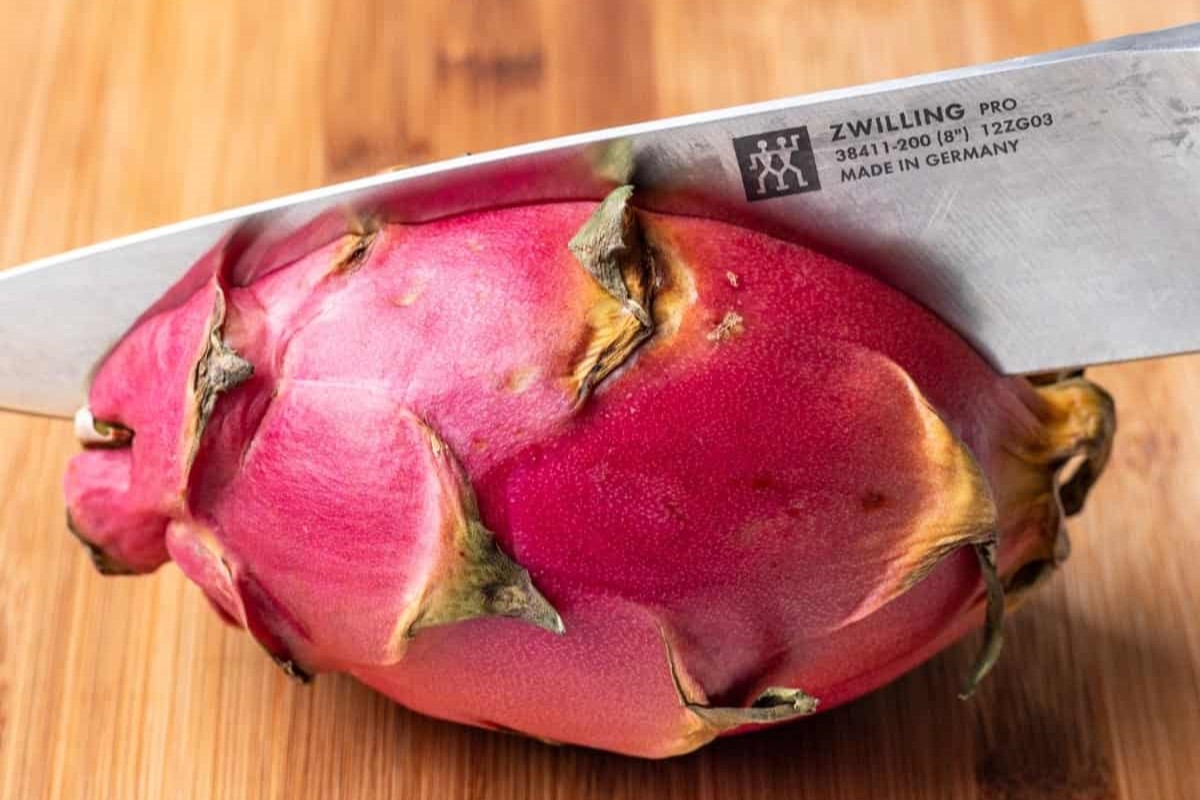Home>Health and Wellness>The Surprising Trick To Safely Washing Fruits And Vegetables
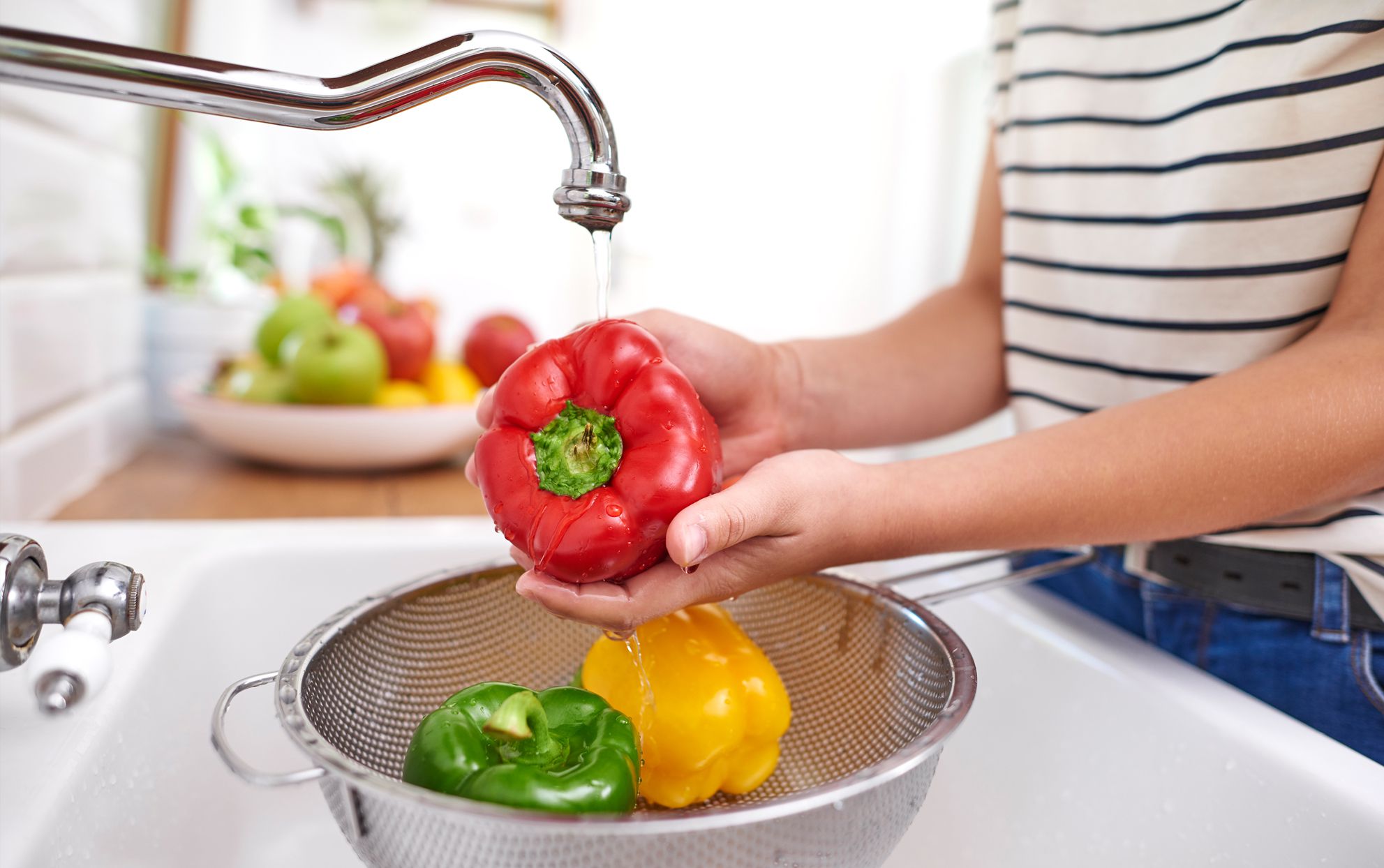

Health and Wellness
The Surprising Trick To Safely Washing Fruits And Vegetables
Published: February 2, 2024
Discover the best practices for safely washing fruits and vegetables to maintain optimal health and wellness. Learn the surprising trick for ensuring your produce is clean and safe to eat.
(Many of the links in this article redirect to a specific reviewed product. Your purchase of these products through affiliate links helps to generate commission for Noodls.com, at no extra cost. Learn more)
Table of Contents
Introduction
Washing fruits and vegetables before consumption is a common practice, often considered a routine part of food preparation. However, the significance of this step is frequently underestimated. The surfaces of fruits and vegetables can harbor various contaminants, including bacteria, pesticides, and dirt. As a result, thorough washing is crucial for removing these potential hazards and safeguarding our health.
In this article, we will explore the importance of washing fruits and vegetables, common methods for doing so, and a surprising trick that can enhance the safety of this process. By gaining a deeper understanding of the best practices for washing produce, individuals can make more informed choices to protect themselves and their families. Let's delve into the essential reasons for washing fruits and vegetables and discover the most effective methods for doing so.
Why It's Important to Wash Fruits and Vegetables
Washing fruits and vegetables is a critical step in food preparation, serving as a fundamental measure to ensure food safety and protect against potential health risks. There are several key reasons why this practice is essential:
-
Removal of Pesticide Residues: Many fruits and vegetables are treated with pesticides to protect crops from pests and diseases. While these chemicals are beneficial for crop production, they can leave behind residues on the surfaces of the produce. Through washing, these residues can be significantly reduced, lowering the risk of exposure to potentially harmful substances.
-
Elimination of Bacteria and Pathogens: Fruits and vegetables can come into contact with various contaminants during cultivation, harvesting, and transportation. Bacteria, such as E. coli and Salmonella, as well as other pathogens, may be present on the surface of produce. Washing with water can effectively remove these microorganisms, reducing the likelihood of foodborne illnesses.
-
Dirt and Debris Removal: The surfaces of fruits and vegetables can accumulate dirt, dust, and other debris during the growing and handling processes. Washing helps to eliminate these impurities, ensuring that the produce is clean and safe for consumption.
-
Prevention of Cross-Contamination: When fruits and vegetables are stored together, there is a risk of cross-contamination, where pathogens from one item can spread to others. By washing produce before consumption, the potential for cross-contamination is minimized, promoting overall food safety.
-
Enhanced Overall Hygiene: Incorporating the practice of washing fruits and vegetables into food preparation routines promotes a culture of hygiene and mindfulness about food safety. This habit reinforces the importance of cleanliness in the kitchen and encourages healthy eating practices.
By recognizing the significance of washing fruits and vegetables, individuals can take proactive steps to mitigate potential health risks associated with consuming contaminated produce. The next section will explore common methods for washing fruits and vegetables, providing valuable insights into best practices for ensuring food safety.
Common Methods for Washing
When it comes to washing fruits and vegetables, there are several common methods that individuals can employ to ensure thorough cleaning. Each approach offers unique benefits and considerations, allowing consumers to make informed choices based on their specific needs and preferences. Here are some widely practiced methods for washing produce:
-
Rinsing with Water: One of the simplest and most accessible methods for washing fruits and vegetables is to rinse them under running water. This approach is effective for removing surface dirt, debris, and some pesticide residues. By gently rubbing the produce with hands or a soft brush while rinsing, individuals can enhance the cleaning process, ensuring that contaminants are dislodged and washed away.
-
Soaking in Vinegar Solution: A popular natural cleaning method involves soaking fruits and vegetables in a solution of water and vinegar. The acidic nature of vinegar can help to break down and remove pesticide residues, bacteria, and wax coatings from the produce. After soaking for a few minutes, thorough rinsing with water is necessary to ensure that any residual vinegar is removed.
-
Using Produce Washes: Commercially available produce washes are designed specifically for cleaning fruits and vegetables. These products are formulated to remove pesticides, wax, and other contaminants, providing an additional layer of assurance for food safety. Following the instructions provided on the product label is essential to ensure effective use of produce washes.
-
Scrubbing with Baking Soda: Baking soda can serve as a gentle abrasive agent for scrubbing fruits and vegetables, aiding in the removal of dirt, wax, and pesticide residues. By creating a paste with water and applying it to the produce, individuals can gently scrub the surfaces before rinsing thoroughly. This method is particularly effective for items with textured surfaces, such as root vegetables.
-
Peeling and Trimming: For fruits and vegetables with thick or inedible skins, such as bananas, melons, and carrots, peeling or trimming the outer layers can help reduce exposure to contaminants. While this method may not be suitable for all produce, it can be an additional step to enhance food safety when applicable.
It's important to note that regardless of the chosen method, the use of clean hands, utensils, and surfaces during food preparation is essential to prevent recontamination. Additionally, drying produce with a clean cloth or paper towel after washing can further reduce the presence of moisture, which can promote bacterial growth.
By familiarizing themselves with these common washing methods, individuals can make informed decisions about the most suitable approach for cleaning their fruits and vegetables. These practices contribute to overall food safety and help mitigate potential health risks associated with consuming contaminated produce.
The Surprising Trick for Safely Washing Fruits and Vegetables
Amidst the array of methods for washing fruits and vegetables, there exists a surprising yet effective trick that can significantly enhance the safety of this process. This unconventional approach involves the use of a humble kitchen staple that possesses remarkable properties for cleansing produce: the mighty salt.
Salt, a ubiquitous ingredient in culinary endeavors, holds unsuspected potential as a natural cleanser for fruits and vegetables. When utilized in conjunction with water, salt can serve as a powerful ally in the pursuit of food safety. The unique properties of salt contribute to its efficacy in removing contaminants and impurities from produce, making it a valuable addition to the repertoire of washing methods.
To harness the cleansing prowess of salt, individuals can create a simple yet potent solution by combining water and salt in a designated vessel. The resulting saline solution acts as a natural disinfectant, capable of reducing the presence of bacteria, pesticides, and other undesirable substances on the surfaces of fruits and vegetables. By immersing the produce in this solution and allowing it to rest for a brief period, the cleansing action of salt can work its magic, providing an additional layer of assurance for food safety.
The use of salt for washing fruits and vegetables is not only effective but also aligns with the principles of natural and sustainable living. Unlike certain commercial produce washes that may contain synthetic chemicals, salt offers a safe and environmentally friendly alternative for cleansing produce. This approach resonates with individuals seeking to adopt holistic and eco-conscious practices in their daily lives, reflecting a harmonious synergy between food safety and environmental responsibility.
Furthermore, the versatility of salt as a cleansing agent extends beyond its ability to purify produce. Its presence in the kitchen as a staple ingredient makes it readily accessible, eliminating the need for specialized products and simplifying the process of ensuring food safety. This accessibility underscores the practicality and convenience of incorporating salt into the routine practice of washing fruits and vegetables, empowering individuals to prioritize food safety without unnecessary complexity.
Incorporating the surprising trick of utilizing salt for washing fruits and vegetables represents a harmonious fusion of tradition and innovation in culinary and wellness practices. By embracing this unconventional yet effective method, individuals can elevate their approach to food safety, infusing it with a touch of ingenuity and resourcefulness. This unexpected yet invaluable trick serves as a testament to the boundless potential that exists within everyday kitchen essentials, transforming the mundane act of washing produce into a captivating journey of discovery and empowerment.
Through the integration of this surprising trick into their culinary repertoire, individuals can embark on a path of enhanced food safety, embracing the remarkable benefits of a simple yet extraordinary kitchen companion: salt.
Conclusion
In conclusion, the practice of washing fruits and vegetables is an indispensable aspect of food safety and overall well-being. By recognizing the significance of this routine yet crucial step, individuals can proactively mitigate potential health risks associated with consuming contaminated produce. The act of washing produce serves as a fundamental measure to eliminate pesticide residues, bacteria, and impurities, ensuring that fruits and vegetables are safe for consumption.
Throughout this exploration, we have delved into the importance of washing fruits and vegetables, shedding light on the various contaminants that can reside on the surfaces of produce. From pesticide residues to bacteria and dirt, the potential hazards necessitate thorough cleaning to safeguard our health. By understanding the reasons for washing produce, individuals can make informed decisions and embrace a proactive approach to food safety.
Furthermore, we have examined common methods for washing fruits and vegetables, offering valuable insights into diverse approaches for ensuring thorough cleaning. From rinsing with water to employing natural solutions such as vinegar and baking soda, individuals have a range of options to choose from based on their preferences and needs. These methods empower individuals to take charge of their food safety, promoting a culture of mindfulness and hygiene in the kitchen.
Moreover, we have unveiled a surprising yet effective trick for safely washing fruits and vegetables: the use of salt as a natural cleanser. This unconventional method harnesses the cleansing properties of salt, offering a simple yet potent solution for reducing contaminants on produce. By integrating this unexpected yet invaluable trick into their food preparation routines, individuals can elevate their approach to food safety, infusing it with ingenuity and resourcefulness.
In essence, the act of washing fruits and vegetables transcends a mere culinary chore; it embodies a commitment to wellness, mindfulness, and responsible consumption. By embracing best practices for washing produce and incorporating innovative yet practical methods, individuals can enhance their overall health and well-being. This journey toward food safety is not merely a routine task; it is a transformative endeavor that empowers individuals to make informed choices and prioritize their health.
As we navigate the intricate tapestry of modern living, the simple act of washing fruits and vegetables stands as a testament to our dedication to holistic well-being. Through this practice, we reaffirm our commitment to nourishing our bodies with wholesome, safe, and clean produce, fostering a culture of wellness and vitality.
In closing, let us embark on this journey of culinary mindfulness and wellness, embracing the transformative power of a seemingly ordinary task. By washing fruits and vegetables with care and intention, we cultivate a profound connection to the food we consume, honoring its role in nourishing and sustaining us. Let us embark on this journey with vigor, embracing the remarkable potential that lies within the realm of food safety and wellness.


